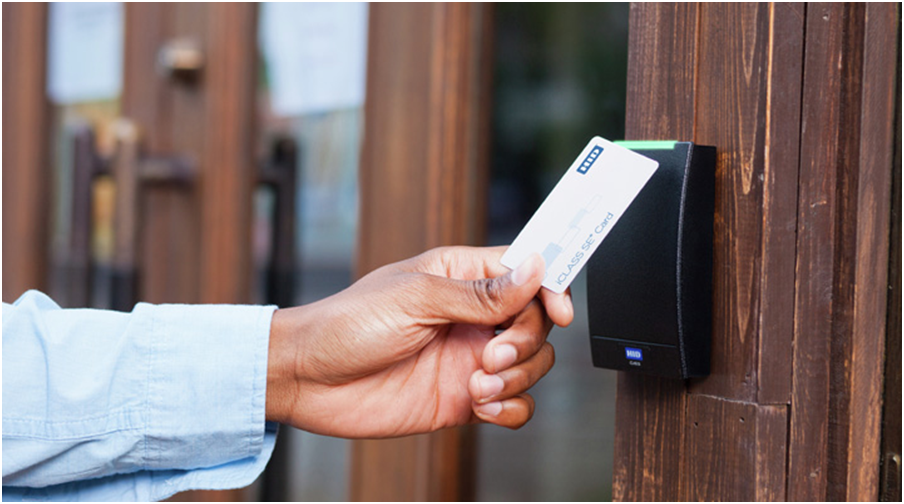
There are tons of options for access control systems; proximity cards, mag-stripe cards, biometric recognition systems, and smart cards. All have benefits for ensuring controlled access to a building or facility, but for the purposes of this article, we’re going to mostly cover smart cards. Originally modeled on credit cards, smart cards were initially built to the same specifications, although smaller versions now exist.
Table of Contents
Protecting Buildings
Before smart card systems came along, complex facilities may have needed multiple types of card covering multiple access control systems – individual employees may even have required multiple access cards. Understandably, these systems were both unwieldy and confusing.
That’s where smart cards come in. These tiny wonders contain a computer chip that is programmed with all the cardholder’s personal information, and all their security clearances and access points. The smart card can even be used across different types of
Protecting Information
Smart cards can also be used to protect corporate information networks; this is known as logical access control, where entry into a building is known as physical access control. The card reader is linked to the workstation or information point, which is unlocked when the card is inserted. This adds an extra layer of security that password-only protection can’t match, as anyone can guess a password – or the employee might accidentally leave their workstation logged in, allowing anyone walking past to access their files. With a smart card, simply removing the card logs the station out.
Safe Storage
Smart cards also offer a persistent storage solution; they usually have anywhere between 4k and 32k of memory, which is significantly more than can be stored on a standard mag-stripe card. The data stored on the card is much safer, as the card can’t just be swiped against a reader to access it. While there are tools that can take data from smart cards, they are not readily available.
Power of the Processor
As well as being able to store data, most smart cards have a small in-built CPU that can protect that information by remembering a PIN code. It can also remember if the PIN has been entered wrongly too many times, and block access to the card if it thinks you might not be the rightful owner. The CPU can even wipe the information entirely if it deems it necessary.
Counting the Cost
While smart cards are not as cheap to manufacture as some other options, in reasonable quantities the cost is well worth it. They’re also much cheaper than options such as digital tokens. Smart card readers are also widely available at good value prices, with some less than $50. Card readers are also available combined with USB readers, and some wireless LAN adapters have smaller smart card readers incorporated.

